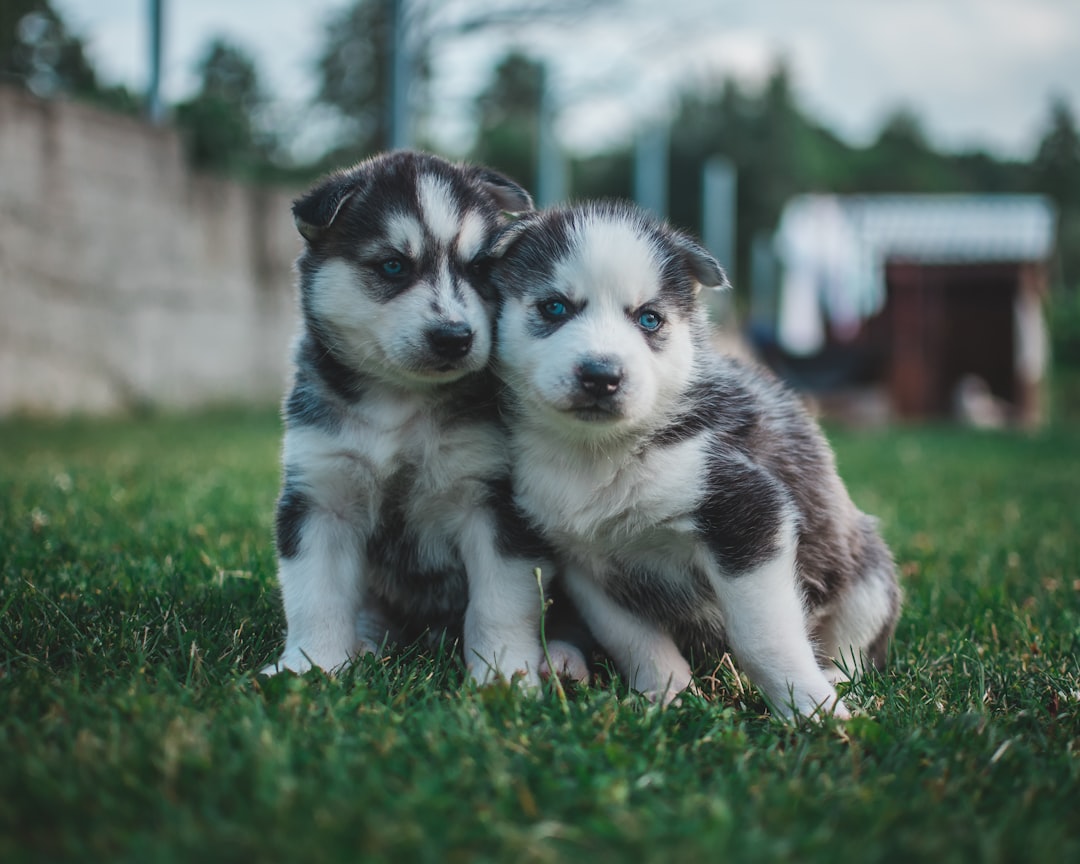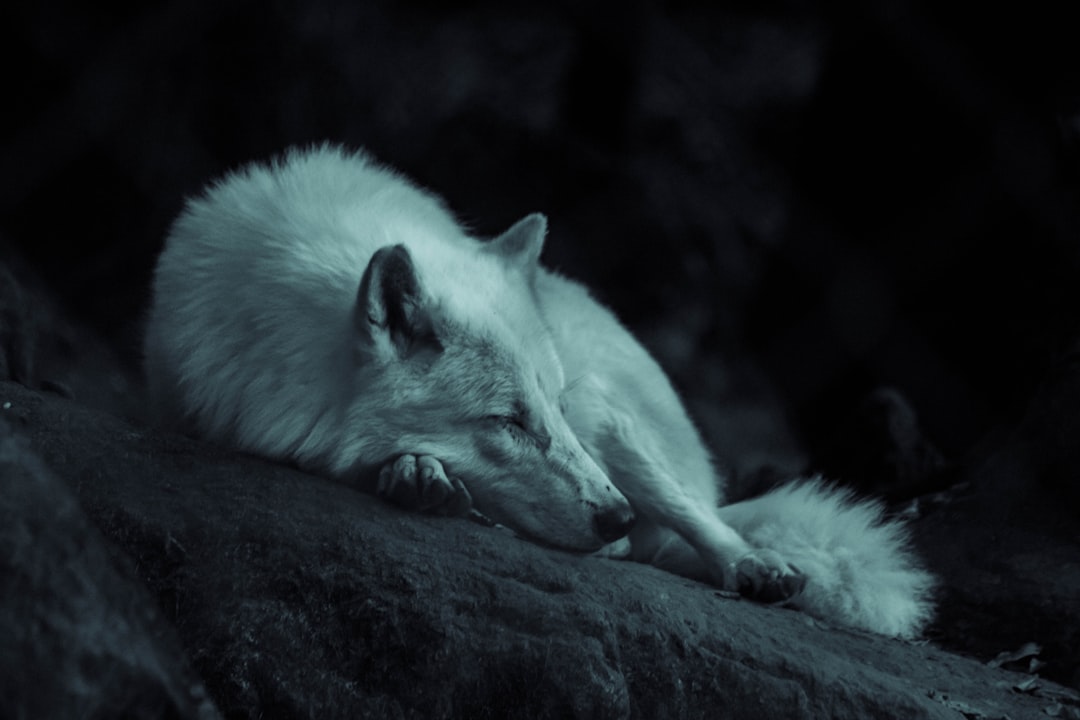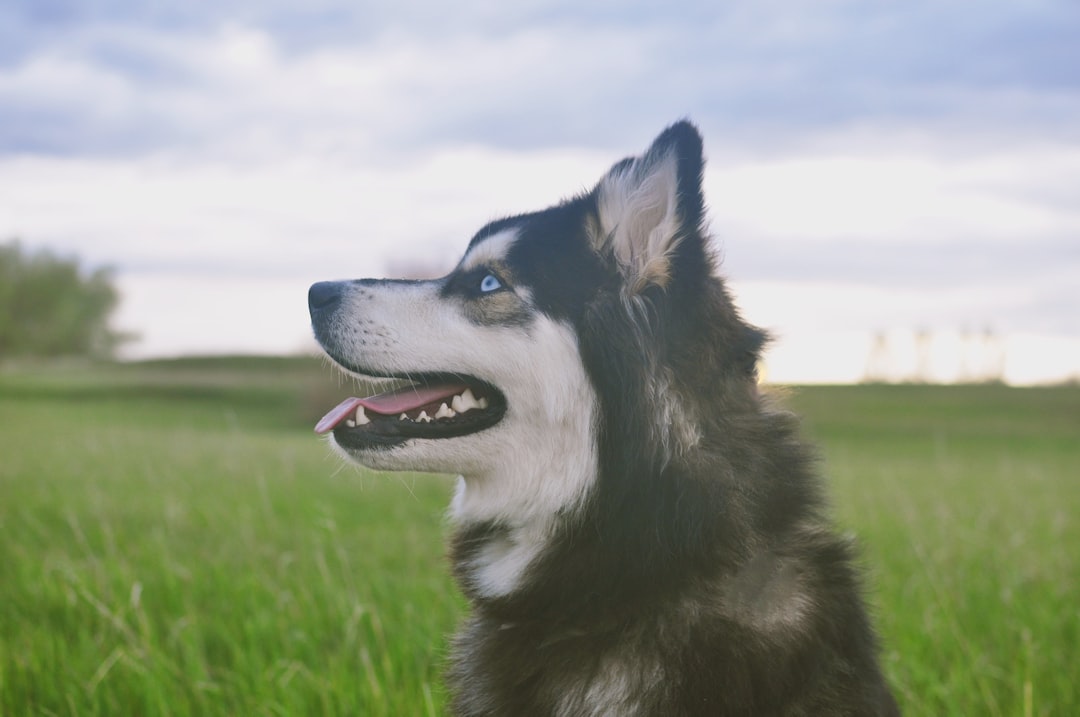Learn about the physical features, temperament, and care of Siberian Huskies, including their beautiful coat, athletic build, mischievous nature, and specific health requirements.

Origin and Physical Features of Siberian Huskies
The origin of the Siberian Husky as a sled dog raised in Siberia by the Chukchi people provides insight into their physical features and characteristics [2]. This breed has a dense double coat that serves as protection in frigid temperatures and comes in a wide range of colors, from black to pure white. The striking facial masks and blue or multi-colored eyes are distinctive features that set Siberian Huskies apart from other breeds. Their athletic build, with upright ears and a height range of 20-23.5 inches, further contributes to their unique physical appearance and capability as working dogs [1, 3].
For example, the Chukchi people selectively bred Siberian Huskies for their endurance, agility, and resilience, resulting in an adaptable and hardy breed capable of thriving in challenging environments. Their ability to pull light loads over frozen expanses, coupled with their friendly and outgoing nature, makes them a versatile and valuable breed. These physical characteristics are a testament to the breed’s history and purpose, showcasing their suitability for various tasks, from sled-pulling to being loving family companions.
 Physical Characteristics
Physical Characteristics
The dense double coat of Siberian Huskies is not only visually striking but also serves as a protective layer against harsh weather conditions, reflecting their origins as sled dogs in Siberia. This coat is made up of a soft and dense undercoat for insulation and a longer topcoat for weather resistance, making them well-suited for cold climates and snowy terrains. For example, during the Nome, Alaska diphtheria epidemic in 1925, Siberian Huskies played a critical role in delivering serum through freezing temperatures, showcasing their physical resilience and endurance.
In addition to their coat, the athletic build of Siberian Huskies is a testament to their prowess as working dogs. Their strength, agility, and stamina make them well-equipped for pulling light loads over frozen expanses, as they were originally bred to do by the Chukchi people. For instance, their medium size and sturdy build enable them to navigate challenging terrains, exemplifying their physical capabilities and resilience. Moreover, their upright ears not only contribute to their alert and attentive appearance but also aid in regulating their body temperature, demonstrating their adaptability to various environmental conditions.
Behavioral Traits and Temperament
Siberian Huskies are not only known for their physical characteristics but also for their distinct behavioral traits and temperament. These dogs are highly social and enjoy being in the company of people, exhibiting a friendly and outgoing nature. They display a mischievous and playful temperament but can also exhibit stubbornness, necessitating consistent and patient training. For instance, a Siberian Husky may show its mischievous side by engaging in playful antics, such as hiding toys or seeking attention through its expressive behavior.
In addition to their social nature, Siberian Huskies are known for their high energy levels and need for regular exercise. These dogs typically require one to two hours of physical activity daily to help channel their energy in a positive way. Their need for exercise is essential to maintain their physical and mental well-being. For example, taking a Siberian Husky for a long walk or engaging in interactive play sessions can help meet their exercise requirements, preventing boredom and destructive behavior.
Moreover, training a Siberian Husky can be challenging due to their independent nature. However, early socialization and positive reinforcement are crucial for shaping their behavior. This involves exposing the dog to various environments, people, and other animals from a young age, helping them develop into well-rounded and well-behaved companions. Their expressive nature is also evident through a variety of vocalizations such as “woos,” chirps, and howls, reflecting their communicative tendencies and unique way of expressing themselves. It is essential for potential owners to understand and appreciate these behavioral traits and temperament to provide the appropriate care and training for Siberian Huskies.
Health and Care
In addition to being prone to health conditions like hip dysplasia and eye issues, Siberian Huskies also require a high-quality diet and proper feeding portions to maintain their overall health and well-being. It’s essential to provide them with a diet that meets their nutritional needs, supports their energy levels, and contributes to their strong, athletic build. By ensuring that they receive a balanced and nutritious diet, owners can play a significant role in promoting the longevity and vitality of their Siberian Huskies.
Moreover, regular veterinary check-ups are crucial to monitor the overall health of Siberian Huskies and address any potential health concerns proactively. These routine check-ups allow veterinarians to detect and address health issues early, ensuring that Siberian Huskies receive timely medical attention and care. For example, a veterinarian may conduct examinations to assess the dog’s joint health, eye health, and overall physical condition, providing valuable insights into the dog’s well-being and enabling necessary interventions to maintain their health as they age.
In conclusion, caring for a Siberian Husky involves a comprehensive approach that encompasses proper nutrition, regular veterinary care, exercise, and mental stimulation. By fulfilling these essential aspects of care, owners can help their Siberian Huskies lead healthy, fulfilling lives while minimizing the risk of potential health issues [1, 2, 4].
 Living with Siberian Huskies
Living with Siberian Huskies
Siberian Huskies have a strong pack mentality, which means they thrive when they are part of a family or group. This characteristic also makes them highly social and affectionate with their human companions, enjoying being an integral part of the family dynamic. For example, they are known to display a great deal of loyalty and love towards their owners, making them wonderful companions for those who are willing to invest time and effort into understanding their needs and providing them with the right environment.
Furthermore, it’s important to note that Siberian Huskies may not be suitable for apartment living due to their high energy levels and need for ample space to move around and exercise. This breed’s energetic nature and their requirement for regular physical activity make them better suited to homes with access to a yard where they can expend their energy. For instance, a securely fenced yard is essential to prevent potential escapes, as Siberian Huskies are known for their adventurous and sometimes mischievous behavior. Understanding the breed’s requirements for a suitable living space is crucial for potential owners to ensure they are able to cater to these needs effectively.
In addition, Siberian Huskies are known for their love of colder climates and may not tolerate hot weather well. Their thick double coat, designed for cold weather, can make them susceptible to overheating in warmer environments. Therefore, it’s important for owners to be mindful of this when considering the geographical location and climate of their living environment. Providing a cool and comfortable living space for these dogs during warmer seasons is essential to their well-being and overall health. Understanding and accommodating these specific environmental needs is vital for the happiness and contentment of Siberian Huskies in a domestic setting.
Conclusion
In conclusion, Siberian Huskies are truly a remarkable breed with their striking physical characteristics and engaging behavioral traits. Their thick double coat, which comes in various colors and markings, is not only beautiful but also serves as protection in cold weather, making them well-suited for colder climates. For instance, their thick fur and strong prey drive are traits developed over thousands of years by the Chukchi people to help them thrive in the harsh conditions of Siberia [1, 3].
Moreover, their independent and mischievous nature, along with their high energy levels, make them both challenging and rewarding companions. For example, their playful and sometimes stubborn temperament requires consistent training and mental stimulation to prevent boredom and destructive behavior. This underlines the importance of early socialization and positive reinforcement for first-time dog owners considering this breed [2, 3]. Understanding and embracing the unique physical and behavioral characteristics of Siberian Huskies is crucial for anyone considering bringing these amazing dogs into their lives. Their needs, including regular exercise, mental stimulation, and proper grooming, should be carefully considered to ensure a happy and fulfilling companionship for both the dog and the owner [1, 2, 3].
